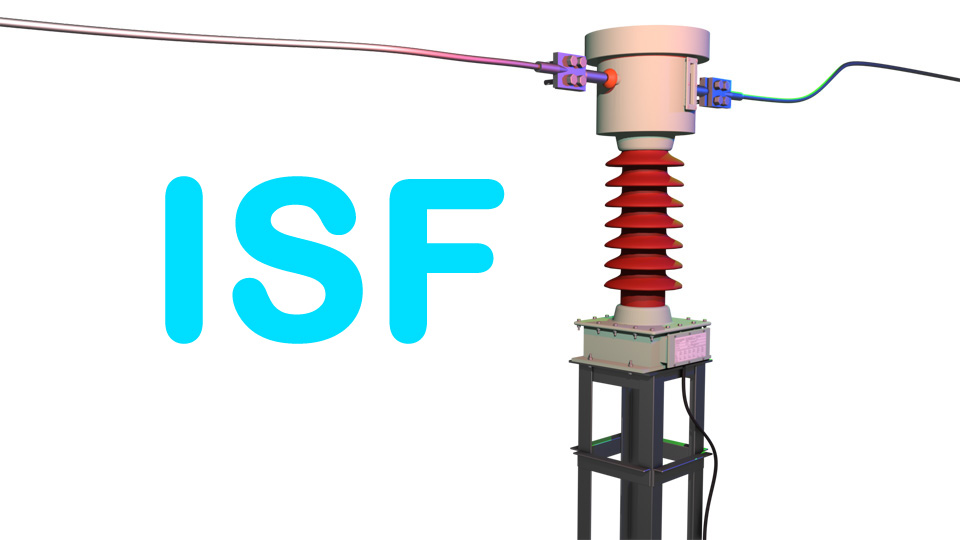An ammeter is connected in the secondary circuit of a current transformer. The ammeter measures the current through the primary of the current transformer.
Impact of Fault Current on Secondary Current
Now, suppose a fault occurs in the system. Consequently, a large fault current starts flowing through the primary of the current transformer. If the fault current is 20 times the rated normal primary current of the current transformer. Theoretically, the current transformer will transform the increased current to the secondary. It means that if the rated secondary current of the current transformer is 1 A, it will be 20 A during the fault. If we design the ammeter to withstand 20 amperes or above, then it can only sustain the fault condition. So, the cost of the ammeter will be high.

How Saturation Limits Secondary Current
We are fortunate enough that a phenomenon called saturation takes place in the core. As the primary current increases, the flux in the core also increases, and therefore, the flux linkage with the secondary winding of the current transformer also increases. Therefore, the rate of change of flux linkage with respect to time with the secondary winding also increases. As a result, the induced voltage across the secondary winding increases. But after a certain primary current, the core becomes saturated. So, there will be no more change in flux linkage. Hence, the secondary voltage will not be induced. Therefore, the secondary voltage collapses. As the secondary voltage collapses, the secondary current also vanishes.
Saturation in Next Half Cycle
For the next half cycle of the primary current, the same thing happens, but in the reverse direction. So, at the beginning of every primary current half cycle, the secondary current follows the primary wave, but after reaching the saturation, the secondary current decreases to zero. In this way, the secondary current gets a distorted waveform, but the peak of the distorted wave shall remain under a limit. In other words, whatever may be the current in the primary, the secondary current will have a maximum value above which it cannot increase due to the saturation of the core.
Understanding the Instrument Safety Factor (ISF)
The instrument safety factor, or sometimes we call it as instrument security factor or ISF, is nothing but the ratio of instrument security current, that is, the primary current at which the core becomes saturated, divided by the rated primary current of the CT. This ISF is a very important parameter of a measuring current transformer. Based on ISF, we can optimize the choice and cost of an ammeter or other current-related measuring instruments. Instrument Safety Factor or ISF is normally less than or equal to 5. That means the metering core of the current transformer will get saturated after 5 times the primary current. So, if the rated secondary current is 1A, the secondary current cannot increase beyond 5A.
Design Implications for Measuring Instruments
Therefore, we can design an ammeter or wattmeter, or other current-driven measuring instrument, that can only withstand up to 5 A current.
Video on Instrument Safety Factor (ISF)
Now we shall discuss how we can measure the instrument security factor during testing of the current transformer.

